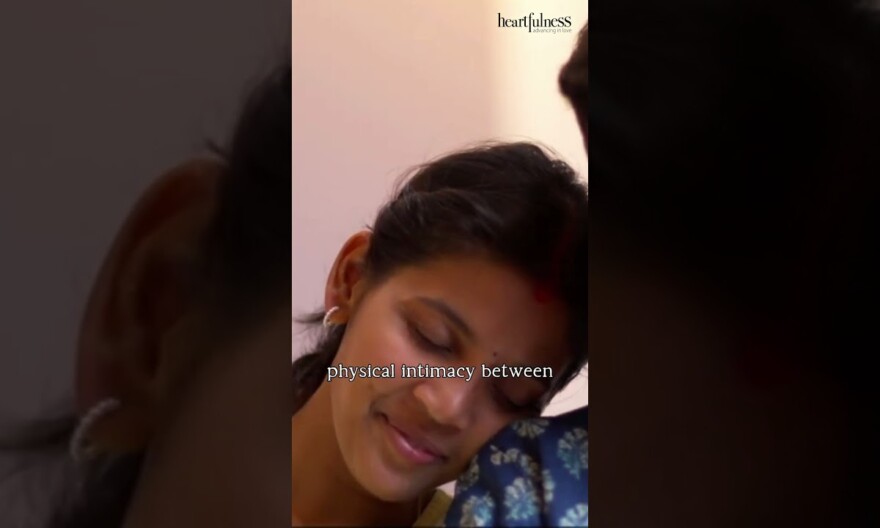
Have you ever wondered why a Tilak or Bindi is applied on your forehead? Join us as we explore the significance and traditions behind this ancient practice in our latest blog post.
Why is a Tillak or Bindi Applied on the Forehead?
Introduction
Hey there! Have you ever wondered why people apply a tillak or bindi on their foreheads? Well, you are not alone. The tradition of adorning the forehead with a mark dates back centuries and holds significant cultural, religious, and spiritual meanings. Let’s dive into the fascinating world of bindi and explore the reasons behind this age-old practice.
The Cultural Significance of Bindi
- Cultural Diversity: Did you know that applying a bindi is a common practice across various cultures in India? It symbolizes different things based on regional beliefs and customs.
- Fashion Statement: In today’s modern era, the bindi has evolved into a fashion statement, with people of all genders and ages flaunting decorative bindis as part of their attire.
The Spiritual Meaning Behind Tilak
- Third Eye Activation: In spiritual practices like yoga and meditation, the tilak is believed to activate the “third eye” chakra, enhancing one’s spiritual vision and intuition.
- Connection to the Divine: The application of tilak is a way to honor and connect with the divine forces, seeking their blessings and protection.
Religious Significance of Bindi
- Marital Status: In Hindu tradition, a red bindi signifies a married woman, symbolizing matrimony and auspiciousness.
- Third Eye: For some spiritual seekers, the bindi represents the “third eye,” signifying higher consciousness and inner wisdom.
How to Choose the Right Bindi
- Size and Shape: Bindi stickers come in various shapes and sizes. Choose one that suits your face shape and personal style.
- Color: Different colored bindis hold different meanings. Red signifies marriage, while black is associated with power and strength.
FAQs About Bindi and Tilak
-
Can anyone wear a bindi?
- Absolutely! Bindi is a versatile accessory that can be worn by anyone, regardless of gender or age.
-
Is there a specific way to apply a bindi?
- While there’s no hard and fast rule, traditionally, bindi is placed on the center of the forehead, between the eyebrows.
-
What does a white tilak symbolize?
- White tilak is often associated with purity, simplicity, and spiritual practice.
-
Are there any health benefits of applying a bindi?
- Some believe that wearing a bindi can help improve concentration and focus during meditation and spiritual practices.
-
Can bindi be worn for non-religious purposes?
- Of course! Many people wear bindi purely as a fashion accessory, celebrating the beauty and cultural richness it represents.
In conclusion, the tradition of wearing a bindi or tilak goes beyond just a cosmetic mark on the forehead. It carries deep cultural, spiritual, and religious meanings, making it a powerful symbol of identity, faith, and tradition. So, the next time you wear a bindi, remember the rich tapestry of history and significance it holds.
Remember to book a free meditation session, subscribe for more information on Heartfulness Meditation, download the Heartfulness App, order “Spiritual Anatomy” book, get “The Authentic Yoga” book, find Heartfulness Trainers & Meditation Centers, and visit Kanha Shanti Vanam (Heartfulness Meditation Center) to deepen your spiritual journey.
FAQs About Bindi and Tilak
- Can anyone wear a bindi?
- Is there a specific way to apply a bindi?
- What does a white tilak symbolize?
- Are there any health benefits of applying a bindi?
- Can bindi be worn for non-religious purposes?





